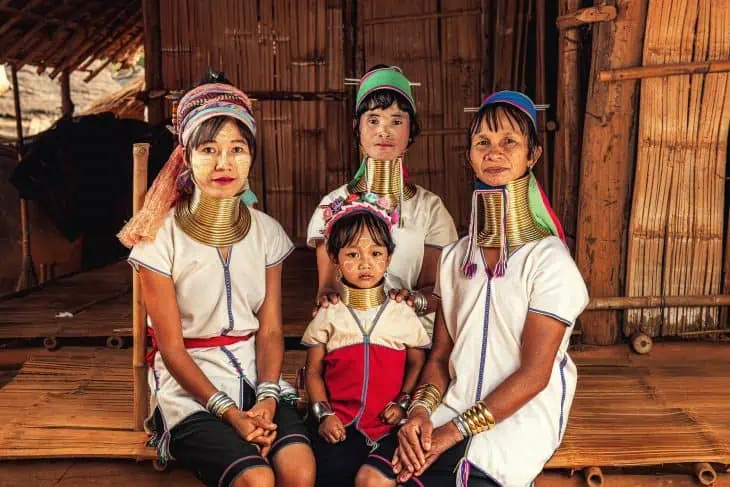
The Guinness Book of World Records introduced people to the longest neck rings in the world in 2018. These neck rings, also known as coils, have allowed the Kayan women of Myanmar to have their necks extending gracefully and uniquely for centuries. Unfortunately, the practice to create the illusion of an elongated neck has health risks. Many believe that body manipulation is an outdated and dangerous tradition but still many believe that tradition goes first.
You might form biased opinions if you don’t know much about neck rings. So before you choose a side of this debate, why not read more about them? Most people have only seen an image of a Kayan woman with no context or backstory given. Mysteries surrounding the process of wearing neck rings and their purpose is also never clearly stated. That’s why we did our own research to learn more about them. Thankfully, we found some clear facts regarding the longest necks in the world and would love to share them with you.
One of the most important facts we came across is that there’s more than just one tribe with coils in the world. Listed below are two groups of people with tribal neck rings and their purpose for these ornaments. Their reasons may be just enough for you to agree to continue the tradition. We will also be discussing the health issues women face after body manipulation and the truth about having coils deform your body structure. Hopefully, after learning all of this you will form an opinion of your own regarding neck rings.
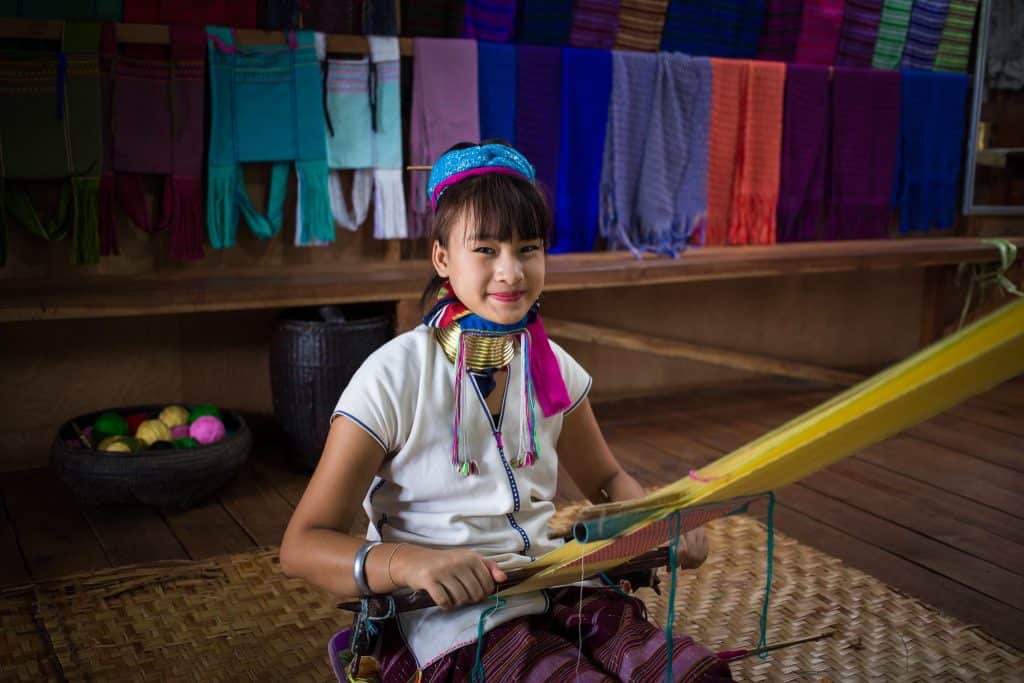
Origin of the Neck Rings
The longest neck rings in the world belong to the Kayan women. What most people don’t know is that these brass coils have been around in different cultures as well. Archeologists have found that the practice of neck elongation can be traced back to the 11th century in Asia. They also believe that the coils may have existed even earlier than that.
Western people also wore neck rings, but in a different way. Celtic people are known to have worn them. Celtic men, in particular, wore neck rings called torcs to symbolize their wealth, power, and status in the community. However, torcs did not cause neck elongation. This is because torcs are only just one circular band with an opening in the middle.
Unfortunately, there’s not much else that has been discovered regarding the origins of neck rings. Whether it was initially used for beauty or something else has changed depending on the tribe or culture that’s using them.
Tribes with Neck Rings
Now that we know about the origins of neck rings, it’s time we discuss the women that still wear them today. There are two tribes worth noting when it comes to neck rings. One of them is the Kayan people of Myanmar and the other one is the Ndebele tribe of Africa. Included in their introduction are their traditions, backstories, and purpose for their neck rings.
Kayan Women of Myanmar
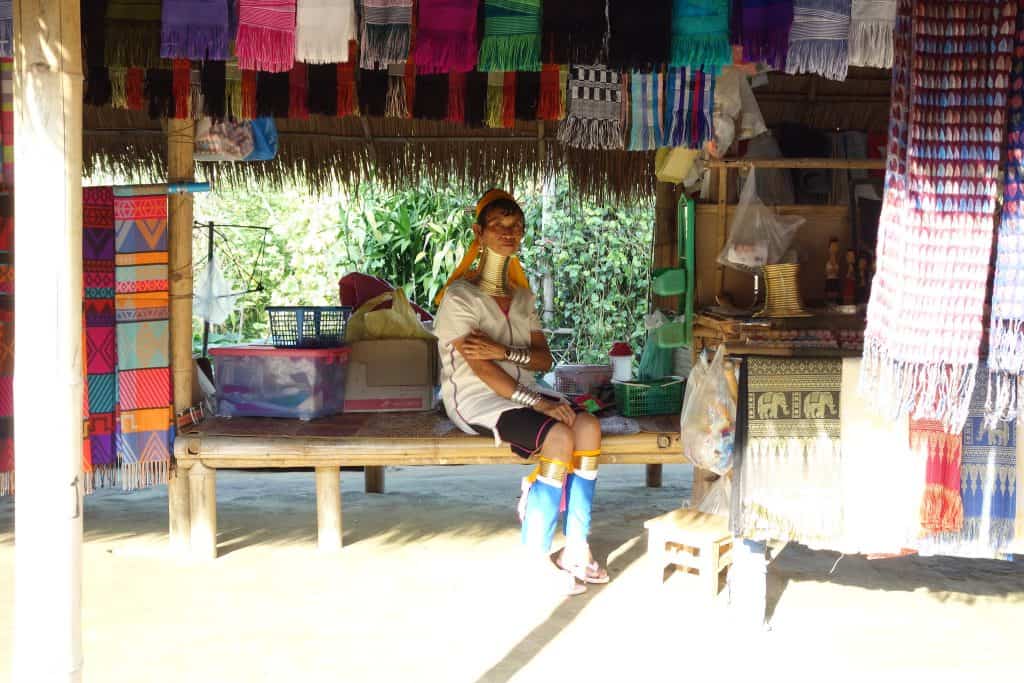
Kayan women have their necks adorned with neck rings as young as 5 years old. Each year these neck rings are changed for longer and wider coils to prevent them from choking. Most Kayan women never have their neck rings removed unless for medical procedures. This means that, aside from a few occasions, Kayan women feel having neck rings is more natural than not.
The Kayan people, also known as the Padaung people, escaped the military regime in Myanmar by fleeing near the Thailand border in the 1990s. They eventually settled in a camp called “The Long Neck Section” where tourists have been visiting them since then. The Kayan people have been able to sustain their lifestyle through tourism alone.
Archeologists believe that there are three possibilities for why Kayan women wear brass coils. The first theory is to prevent the Kayan women from being sold to slavery or kidnapped by an enemy tribe by making them less beautiful. Other archeologists believe that it was to prevent a tiger attack where they usually aim at the neck. The third theory is that the women are made to wear the rings to resemble a dragon, an important symbol in Kayan culture.
Kayan women themselves aren’t sure of the origin of the tradition. However, most of them continue the practice even today.
Ndebele Tribe of Africa
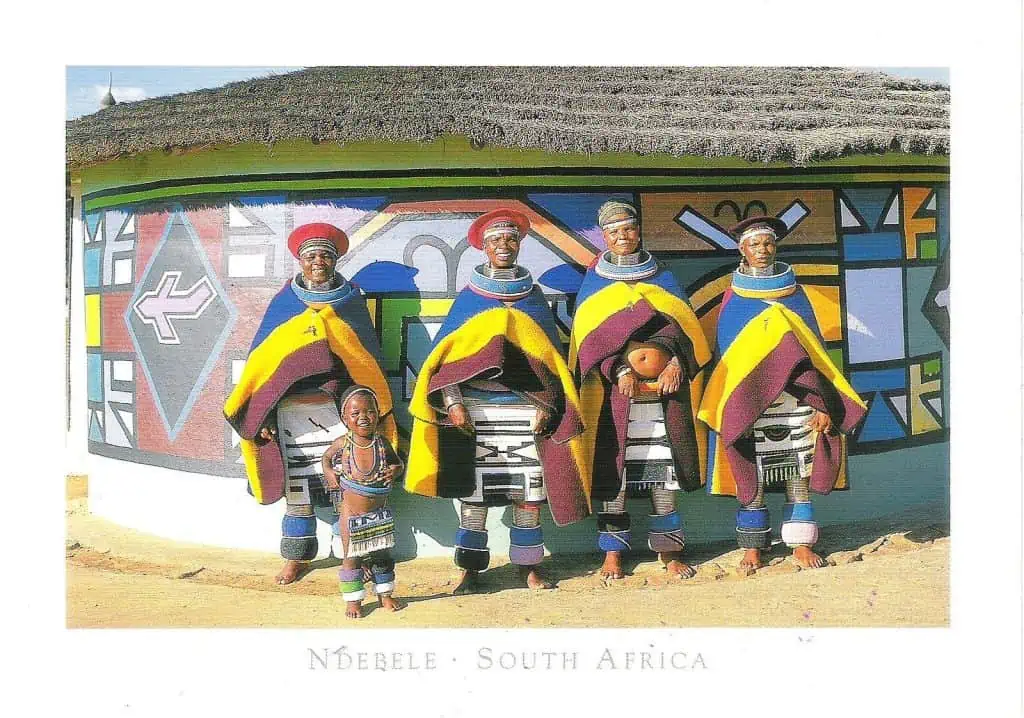
The Ndebele tribe are the ones with the longest neck rings in Africa. These African neck rings are part of a matching set that includes brass coils on their arms and legs as well.
Married Ndebele women begin wearing the brass rings called idzila once their husband has completed building their house. The Ndebele tribal neck rings are considered a status symbol. This is because the more idzila a Ndebele woman wears, the richer their husband is. Traditionally, the Ndebele married women are only allowed to have the African neck rings removed once their husband dies. However, it is now acceptable to have the idzila removed whenever they wish to.
Unlike the Kayan women, Ndebele women who are unmarried or are newlywed wear a different set of jewelry. Grass hoops called isigolwani are substitutes for the actual idzila until the Ndebele woman’s husband has finished her house.
The Ndebele tribe’s origins are still unknown. However, archeologists have managed to discover that they are part of the Nguni tribes (Zulu-speaking, Xhosa-speaking, and Swazi people.)
Ndebele tribes are separated into two groups: the Northern and Southern Ndebele. The Northern Ndebele tribes are Mghumbhane, Mashashani, and Gheghana. Meanwhile, the Southern Ndebele are the Ndzundza and Manala tribes.
Giraffe Woman With The Longest Neck in the World
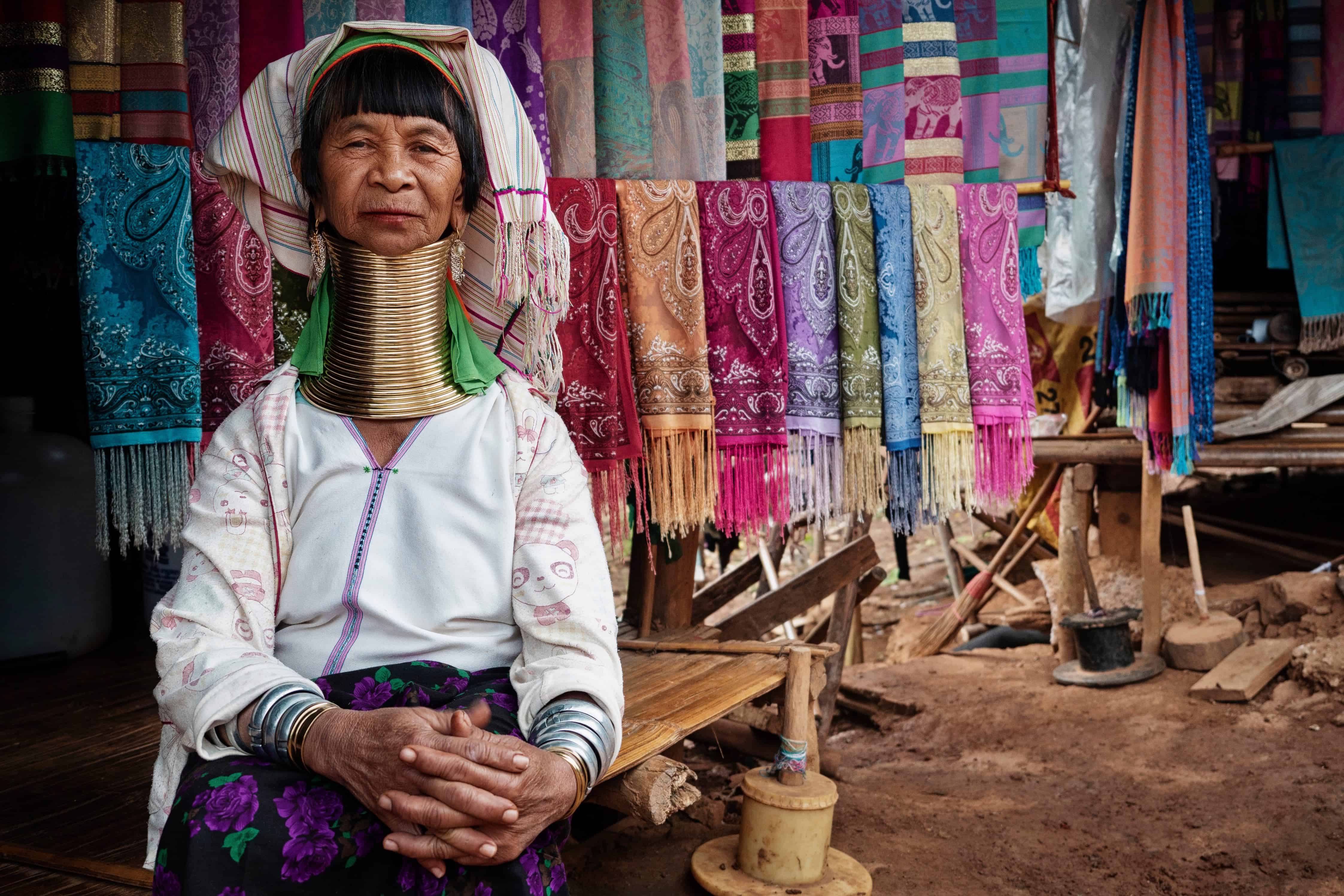
When you hear “giraffe woman” you might think of an awkward image of a woman and a giraffe merged. However, the term “giraffe woman” actually refers to the Kayan women of Myanmar. This is because their necks are long and graceful like a giraffe’s. The nickname was created by foreigners who have visited the Kayan people. It’s not just tourists that visit the Kayan people of Myanmar. The National Geographic, the Matador Network, and many other journalists have traveled to their settlements to document their culture and lifestyle. Eventually, the Guinness Book of World Records gave the Kayan women the record for the longest neck in the world with over 19.7 cm in length as their maximum in the tribe.
While the record is an achievement and the documentaries have helped in boosting tourism, Kayan people still have problems. Since they are still considered refugees from Myanmar, the Kayan people and their children are not eligible for Thai citizenship. In addition to this, they have limited locations where they can travel outside of the villages they settled into. As a result, they are given limited opportunities for both career and education.
These neck “stretching” rings of the Kayan women are still widely practiced within the community. However, especially in the last decade, there has been a decrease in women wearing neck rings. Thankfully the Kayan people do not force their women to wear them. Instead, the Kayan women voluntarily wear them for tradition.
Health Issues of Wearing Neck Rings
Although it is an ancient practice, wearing neck rings tends to create health issues. That is why Sydney Smith, a self-proclaimed “giraffe woman”, eventually removed all her neck rings after 5 years.
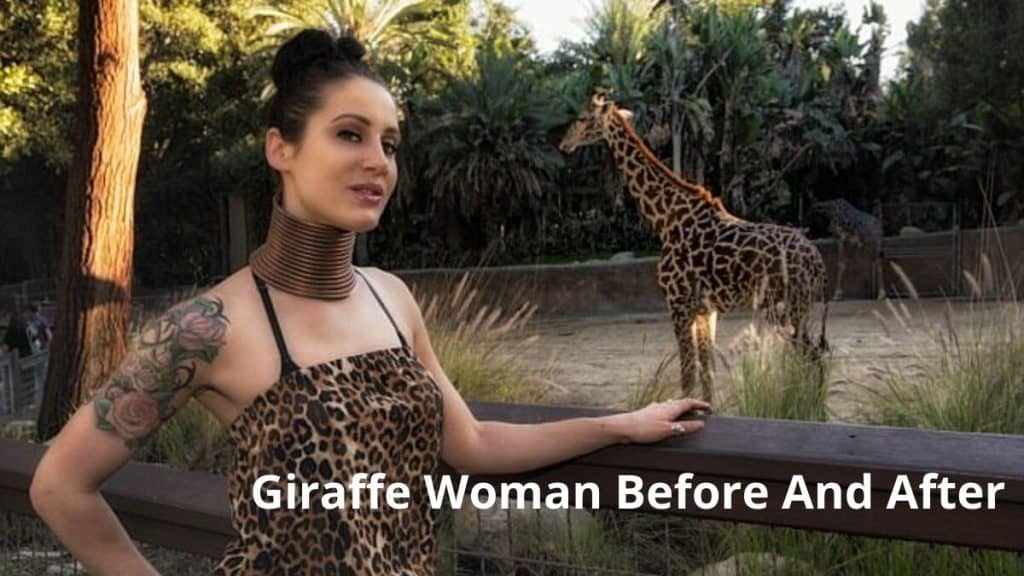
Sydney Smith was inspired by the Kayan women and wished to wear the longest neck rings she could to imitate her favorite animal: the giraffe. Five years after, the giraffe woman removes the neck rings and gives an interview regarding her experiences with them. She explains that the rings made it difficult for her to function independently. She could not drive, could not move her head, and could not work properly to sustain herself.
Once Sydney freed her neck from the coils it was revealed that her neck was weak and her collarbone was bruised. A Kayan woman who has used neck rings all her life might not be that well off. If she had grown used to neck rings all her life and removed them, it is likely the woman would die of suffocation because of the collapse of the neck.
Thankfully, Kayan and Ndebele women have safely used neck rings thanks to tradition and experience. Kayan women begin wearing the brass coils at a young age when bones are more malleable, making them less painful to wear. Meanwhile, Ndebele women are allowed to freely remove their idzila, allowing their necks to retain their function and for their collarbones to heal.
Neck coils give off the illusion of a longer neck. However, the weight of the coils instead pushes down the collarbones and ends up compressing the person’s ribcage. Meanwhile, the neck loses its function, making it slowly atrophy. This explains why Smith’s collarbones were badly bruised and her neck was fragile.
Cultural Significance
A giraffe woman without rings is something most people are curious to see. However, there are only two possible reasons for Kayan women to remove their rings: for a newer coil or for medical purposes. Culturally, the coils became a symbol of identity for the Kayan people. This could be why they choose to wear the neck rings every day despite the health hazards and loss of body functions that come with it.
Additionally, the Kayan women can bring income by simply existing within the settlement. Helping out their people with handcrafted goods, posing for photographs, or even treating tourists with their own personal neck rings has aided their people since their refuge from Myanmar.
For Ndebele women, the longer idzila they can wear, the more faithful they are to their powerful husbands. It becomes not just a way to protect themselves from animals, but a wedding ring that binds them to their partner.
That is why forcibly removing these traditions can be considered a punishment for these women. Kayan women may have their neck rings removed as punishment for things such as adultery. Doing so would confine the punished woman to their beds for life seeing as their neck is too weak to support them.
Kayan people consider neck rings as an important way of life. That is why they escaped to the Thai borders to maintain this practice. However, there have been concerns about human rights issues surrounding their new settlement.
It is a touchy subject, especially since the United Nations have concerns that the Kayan women are “being kept in a human zoo”. Especially since the women are made sure not to use modern technology for tourists to pay more.
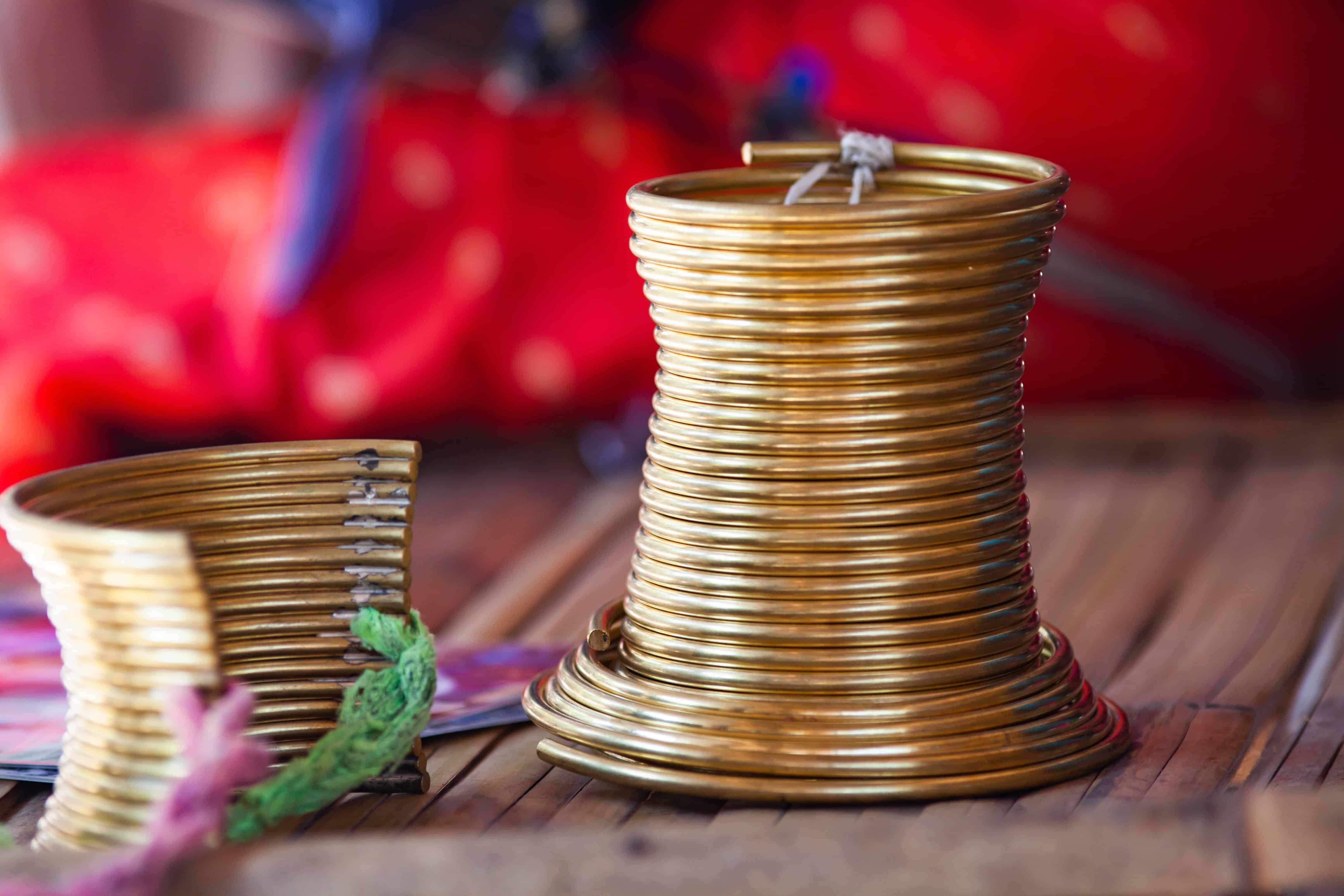
Conclusion
We hope you enjoyed learning about neck elongation, neck rings, and their significance to different women. Have you decided on whether or not the use of neck rings should be stopped? Either way, we are sure you learned a thing or two about the two neck ring tribes we discussed today.
Neck rings have been proven to cause health risks ranging from respiratory issues, chaffing, and bruising, to difficulty in moving your neck. Despite this, many women still wear the longest neck rings they can manage.
Each of the tribeswomen has their own reasons for wearing neck rings. Some women use them to declare their loyalty to their husbands. Meanwhile, other women embrace the traditions passed down by their ancestors by wearing them. A giraffe lady phase like Sydney Smith’s may not be as significant, but is also a reason nonetheless.
Kayan women are given the free will to halt the practice of wearing them on their own. The same can be said with the Ndebele tribeswomen, who are now allowed to remove their idzila whenever they feel like it. In reality, our opinions about neck rings don’t really matter. What does matter is whether or not a person wearing them is voluntarily doing so.
Was this page helpful?
Our commitment to delivering trustworthy and engaging content is at the heart of what we do. Each fact on our site is contributed by real users like you, bringing a wealth of diverse insights and information. To ensure the highest standards of accuracy and reliability, our dedicated editors meticulously review each submission. This process guarantees that the facts we share are not only fascinating but also credible. Trust in our commitment to quality and authenticity as you explore and learn with us.


